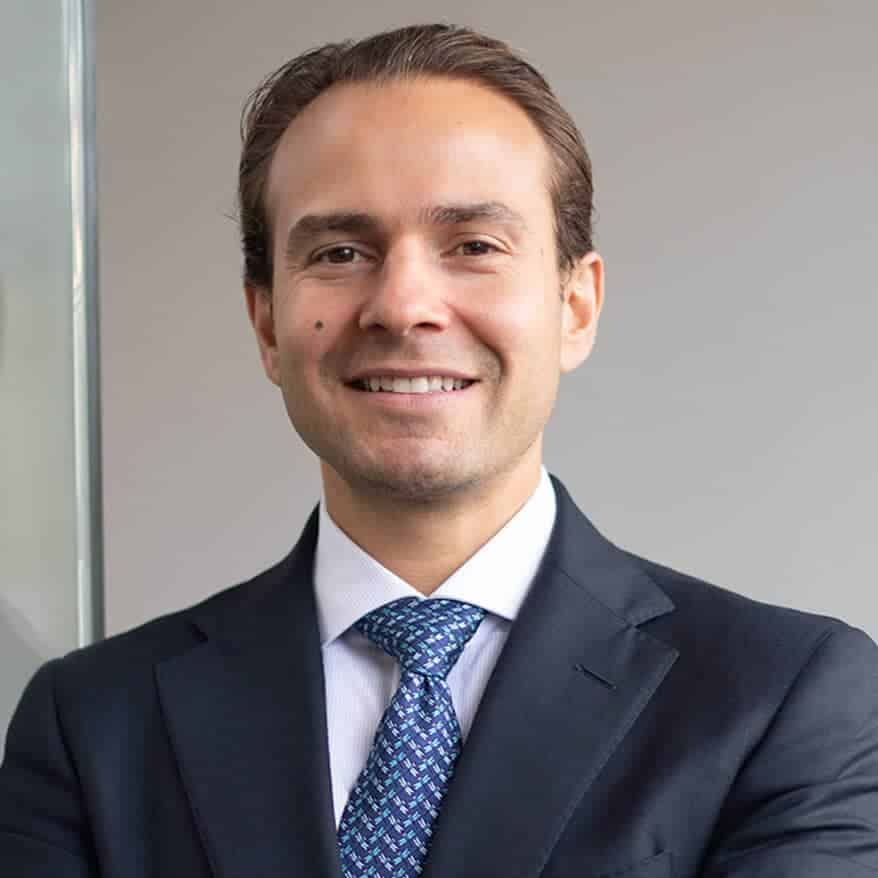Missed Diagnosis of Stomach Cancer
Updated on
This case involves a fifty-seven-year-old male, with no significant medical history. He was referred from his primary care provider to the emergency department for evaluation of severe headaches, fever, chills, abdominal pain, and significant weight loss. A year earlier, when he started developing nonspecific abdominal pain, he was in normal health but started to shed weight quickly without intention. The patient was simply worked up for gastritis in the ER and discharged with a PPI prescription for esophageal reflux disease. Approximately six months later, the patient returned to the ER with similar complaints, but with increased pain. A CT and MRI of the abdomen demonstrated several masses with findings compatible with metastatic disease. An endoscopy with biopsy revealed a large, mucosal mass and pathologic examination of the gastrointestinal biopsy sample revealed a poorly differentiated gastric adenocarcinoma.
Question(s) For Expert Witness
1. What is the best modality for early diagnosis that is both sensitive and specific to this type of disease?
Expert Witness Response
 Esophagogastroduodenoscopy has a diagnostic accuracy of 95%. This relatively safe and simple procedure provides a permanent color photographic record of the lesion. This procedure is also the primary method for obtaining a tissue diagnosis of suspected lesions. Generally a biopsy of any ulcerated lesion should include at least 6 specimens taken from around the lesion because of variable malignant transformation. In selected cases, endoscopic ultrasound may be helpful in assessing depth of penetration of the tumor or involvement of adjacent structures. Additionally, a double-contrast upper GI series and barium swallows may be helpful in delineating the extent of disease when obstructive symptoms are present or when bulky proximal tumors prevent passage of an endoscope to examine the stomach distal to an obstruction. These studies are only 75% accurate and should for the most part be used only when upper GI endoscopy is not feasible.
Esophagogastroduodenoscopy has a diagnostic accuracy of 95%. This relatively safe and simple procedure provides a permanent color photographic record of the lesion. This procedure is also the primary method for obtaining a tissue diagnosis of suspected lesions. Generally a biopsy of any ulcerated lesion should include at least 6 specimens taken from around the lesion because of variable malignant transformation. In selected cases, endoscopic ultrasound may be helpful in assessing depth of penetration of the tumor or involvement of adjacent structures. Additionally, a double-contrast upper GI series and barium swallows may be helpful in delineating the extent of disease when obstructive symptoms are present or when bulky proximal tumors prevent passage of an endoscope to examine the stomach distal to an obstruction. These studies are only 75% accurate and should for the most part be used only when upper GI endoscopy is not feasible.
About the author
Michael Talve, CEO
Michael Talve stands at the forefront of legal innovation as the CEO and Managing Director of Expert Institute. Under his leadership, the Expert Institute has established itself as a vital player in the legal technology arena, revolutionizing how lawyers connect with world-class experts and access advanced legal technology. Michael's role involves not only steering the company's strategic direction but also ensuring the delivery of unparalleled intelligence and cutting-edge solutions to legal professionals. His work at Expert Institute has been instrumental in enhancing the capabilities of attorneys in case preparation and execution, making a significant impact on the legal industry's approach to expert consultation and technological integration. Michael's vision and execution have positioned the Expert Institute as a key facilitator in the intersection of law and technology.
Subscribe to our newsletter
Join our newsletter to stay up to date on legal news, insights and product updates from Expert Institute.
Sign up nowFind an expert witness near you
What State is your case in?
Subscribe to our newsletter
Join our newsletter to stay up to date on legal news, insights and product updates from Expert Institute.



